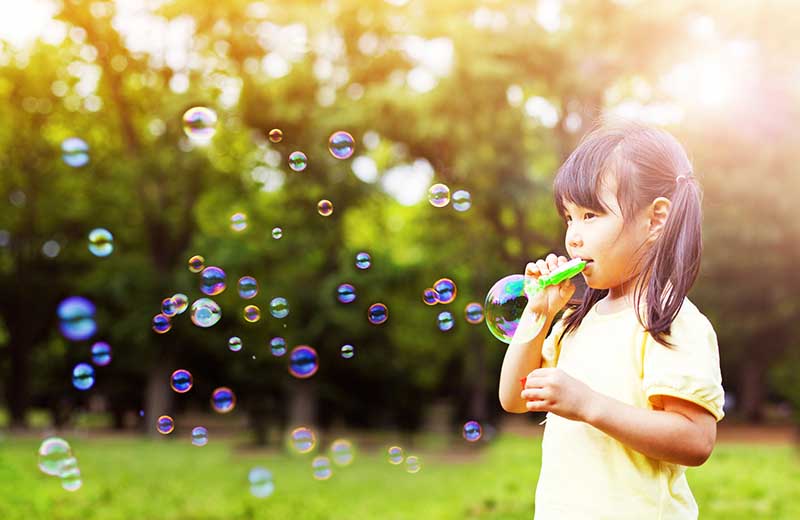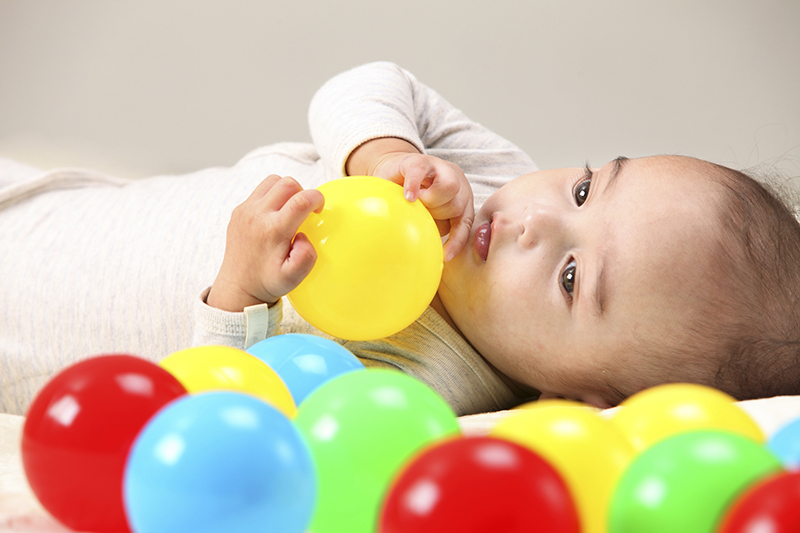Families For Life | Choosing the Right Toys for Your Child-Toddlers

DID YOU KNOW?
Play is a great relationship builder. Spending time playing with your child sends a simple message – you are important to me. Help your child learn about who she is and where she fits in the world.
READ MORE

There are so many toys out there, and juggling your child’s needs and wants – along with advertising and peer influences – can be tricky. But the best toys for kids aren’t always the fanciest – they’re the ones that stimulate your child’s imagination.
The best toys for kids
Toys can be a great way to kickstart your child’s play and support your child’s development. But your child might not need as many toys as you think.
The best toys for children are ‘open-ended’. These are the toys that your child can use in lots of different ways. They encourage your child to use her imagination, creativity and problem-solving skills.
Open-ended toys include:
blocks – one day your child uses them to build a tower, and the next day he might bring the block up to his ear and pretend it’s a phone
balls – they’re great to bounce, look at, roll, hold and throw
cardboard boxes – your child can pretend these are shop counters, ovens, cars, boats, doll houses and more
dress-ups – with some hand-me-down clothes and bits of fabric, your child can become anything or anyone he likes
crafty bits and pieces – coloured paper, stickers, crayons and washable markers can get your child started on a masterpiece.
You don’t always have to buy toys. Everyday household items like pots and pans, plastic containers, pegs, clothes baskets and blankets often make great open-ended toys. Just make sure that any household items your child plays with are safe, so avoid sharp objects or small objects that could cause your child to choke.
Choosing toys for kids
Many toys have age-range information on their packaging. This can be useful, but in terms of play, it’s only a guide. Your child’s interests and stage of development will probably give you a better idea of what to choose.
Age-range information can be important for safety, however – for example, when toys contain small parts that a baby could swallow. In these cases, it’s wise to follow the recommended age-range information. It is also important to note that water beads and magnetic ball toys should not be used as toys as they pose safety hazards when ingested.
For your baby, the best ‘toy’ is you, a caregiver or other close family member. Your baby will delight in watching your face, listening to your voice and simply being with you. Even play activities like looking at a brightly coloured mobile, listening to a wind-up musical toy and learning to reach for a rattle are more fun when you and your baby do them together.
Toddlers love to play with boxes, and often have more fun with the wrapping a present comes in than the present itself. Other good choices for toddlers include construction toys like building blocks (for example, Lego®) and clothing for dress-ups. Toddlers also enjoy simple musical instruments that they can shake and bang – a drum made from an upside down pot and a wooden spoon can be just as much fun as a purpose-built toy.
Older children often like to solve problems and use their imagination. Puzzles or games that get your child playing with others are also good choices.
You might also like to read more about homemade toys and free activities for kids.
Toys and your family values
You’re the person who decides what toys are OK for your child to play with in your home.
If you have strong feelings about certain toys, it can be a good idea to talk to your child, especially as he grows older. You could mention your family values. For example, ‘Guns can scare and hurt people very much. No one in our family has a gun’.
But drawing too much attention to toys – for, example by banning them or refusing to buy them – can actually make your child want them more.
It might work better to try linking your family values with the way your child plays and uses toys in daily life.
For example, say your child wants a new plastic toy, but environmental values are important to you. Instead of buying the toy, you could help your child make toys from things around the house – and you could also talk with your child about how this is an example of recycling. Or if your child wants a tablet device or gaming console, you could try making more time to get outside to play together – and you could talk about how physical activity is better for your child’s body than screen time.
And whatever family values you decide to share with your child, it’s a good idea to be consistent. For example, children might get confused if they’re allowed to watch violent TV shows or play violent video games but aren’t allowed to play with toy guns.
If you don’t want other grown-ups to give your child certain toys as presents, a short, calm explanation of your feelings should do the trick. In the end, it’s your decision.
Toy weapons and ‘sexy’ dolls
Some families find that particular types of toys don’t sit well with their family values – for example, toy weapons and dolls with a very grown-up body shape or clothing style.
Toy weapons
If your child plays with or makes toy weapons and you’re concerned, it’s a good idea to look at how your child is playing with the toy. For example, your child might be using the toy weapon as a prop in a make-believe game of cops and robbers. You might think that’s fine.
But if your child is using the toy weapon aggressively towards other children, it’s not good for his social and friendship skills. That’s because it can scare other children, who might not want to play with your child. It might help to guide your child towards friendlier ways to play – for example, ‘Why don’t you and May-Ling be on the same team and pretend you’re both fighting the bad guys?’ The weapon itself might not be the issue.
It’s pretty common for children to make toy guns out of everyday objects like sticks, celery or toast. This might not be something you want to encourage, but a gun made of toast doesn’t have the same power as a toy gun. A toast gun is a symbol, and is less likely to be used to scare others.
Sexy-looking dolls
Playing with dolls can be great fun for your child, but some dolls have a grown-up, ‘sexy’ look – for example, some female dolls come with sexy clothing like microskirts, fishnet stockings and very high heels.
This might seem fun and innocent, but it can also create an image of women that you might not be comfortable with or want your child to copy. For example, these types of dolls can give children, especially girls, the message that the most important thing about them is the way they look, and that the best way to look is ‘sexy’.
Again, it’s worth watching to see how your child plays with dolls. If you’re concerned, you might want to offer dolls with more child-like features so your child is exposed to dolls of all styles and body shapes.
A ‘watch-and-see’ approach to toy guns and sexy-looking dolls might be the best way to decide how you feel about your child playing with these types of toys. In the end, it might just be a phase your child is going through and will pass by itself. But if it really worries you, you could suggest your child plays with something else.
Toys and advertising
Lots of toys have ads and marketing aimed at children. It can be really hard to resist when your child wants a toy because ‘everyone else has it’.
Advertised toys are often designed to promote a particular type of play based on a movie or TV programme. This doesn’t necessarily make them bad toys, but they might limit the play options for your child. This can happen if your child only plays with these toys to copy what happens in the TV shows, rather than using his imagination.
The way your child uses a toy is often far more important than the toy itself in determining the toy’s effects on your child’s development. Thinking about how your child might play with the toy can help you decide whether it’s the right one for you and your child.
© raisingchildren.net.au, translated and adapted with permission
Explore more